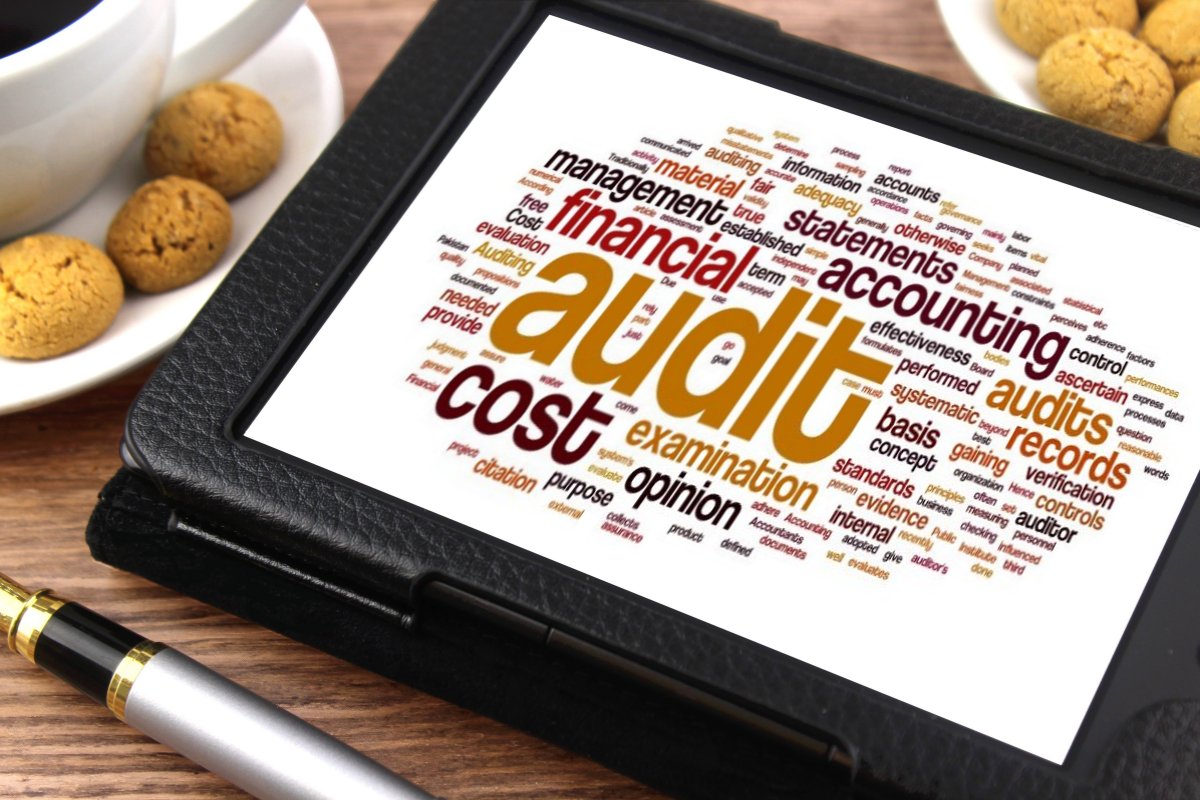Understanding the Five Elements of an Assurance Engagement
Introduction
Assurance engagements play a crucial role in the business and financial world, offering stakeholders confidence in various aspects of information or compliance with regulations. They are essential tools used by auditors and assurance providers to evaluate and report on the subject matter against a set of criteria. This article delves into the five fundamental elements of an assurance engagement, exploring each component’s significance and how they collectively contribute to effective assurance practice.
Three-Party Relationship
The first element is the three-party relationship, which includes the practitioner, the responsible party, and the intended users. The practitioner (usually an auditor or assurance provider) is engaged to assess and report on the subject matter. The responsible party is accountable for the subject matter (for example, the management of a company responsible for its financial statements). The intended users are the people who rely on the report, like investors, creditors, or regulators. This tripartite relationship is fundamental, as it defines the roles and responsibilities within an assurance engagement.
Suitable Criteria
The second element is the use of suitable criteria. For assurance engagements to be meaningful and reliable, the information or subject matter being assessed must be measured against a set of criteria that are suitable and available to all parties involved. These criteria could be laws, regulations, recognized standards, or internal benchmarks. They provide a framework against which the practitioner evaluates the subject matter, ensuring consistency and comparability.
Subject Matter
The subject matter in an assurance engagement refers to the specific information or condition being evaluated. This can range from financial aspects like the veracity of a company’s financial statements to non-financial areas, such as assessing the effectiveness of an organization’s internal controls or its adherence to environmental laws. For an assurance engagement to be effective, the subject matter must be clearly defined and measurable. It should be something that can be consistently evaluated against predetermined criteria, ensuring that the assessment is both reliable and meaningful. This clarity and measurability are essential for providing an accurate and trustworthy assurance report.
Evidence Collection
The fourth element involves the collection of sufficient and appropriate evidence. The practitioner must gather enough evidence to form a basis for the assurance report. This involves various procedures such as observations, inspections, inquiries, and analysis. The quality and quantity of evidence gathered directly impact the credibility and reliability of the practitioner’s conclusion.
Assurance Report
The assurance report represents the final and critical phase of an assurance engagement. In this report, the practitioner, such as an auditor, conveys the results of the assessment and offers a conclusive opinion. Essential to this report is its clarity and brevity, ensuring that the findings and conclusions are understandable and straightforward. A key component of the report is a declaration of the practitioner’s independence, affirming that the assessment was unbiased and objective. Additionally, the report should exhibit the practitioner’s professional judgment, reflecting the depth of their analysis and understanding.
Equally important, the report must detail the scope of the engagement, outlining the boundaries and extent of the assessment performed. It should explicitly state the criteria against which the subject matter was evaluated, providing context for the conclusions drawn. Lastly, the level of assurance provided, whether it be reasonable or limited, needs to be clearly indicated. This distinction helps users understand the degree of confidence they can place in the conclusions of the assurance engagement.
Conclusion
In conclusion, the five elements of an assurance engagement – the three-party relationship, suitable criteria, subject matter, evidence collection, and the assurance report – are integral to the effectiveness and reliability of these engagements. By understanding these elements, stakeholders can better appreciate the value and limitations of assurance services, thereby fostering trust and transparency in financial and non-financial reporting.
